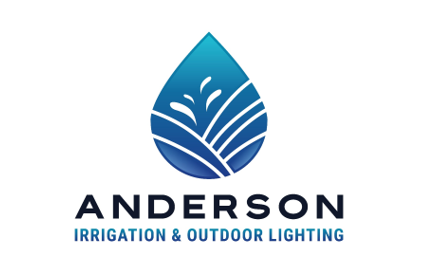Blog Layout
Choosing the Right Drainage System for Standing Water at Your Home

By: Clay Anderson / August 1, 2024
Standing water around your home is more than just an inconvenience; it can cause significant damage to your property, lead to foundation problems, and create a breeding ground for pests. Addressing this issue effectively requires choosing the right drainage system tailored to your specific needs. In this blog, we'll explore various drainage solutions to help you make an informed decision.
Understanding the Problem: Causes of Standing Water
Before diving into the solutions, it's essential to understand why standing water occurs. Common causes include:
Poor Soil Drainage:
Clay-heavy soils tend to retain water, leading to puddles and standing water after rainfall.
Improper Grading:
If your yard slopes toward your house instead of away from it, water can accumulate near the foundation.
Blocked Gutters and Downspouts:
Clogged or improperly directed downspouts can dump water near your home, creating pooling areas.
High Water Table:
In some areas, the water table is naturally high, leading to frequent standing water, especially after rain.
Identifying the root cause of the issue will guide you in choosing the most effective drainage solution.
1. French Drain: A Versatile Solution
A French drain is one of the most popular solutions for managing standing water. This system involves a trench filled with gravel and a perforated pipe that directs water away from problem areas.
Ideal For:
Yards with poor soil drainage.
Areas where water tends to pool after rain.
How It Works:
Water enters the trench and is channeled through the perforated pipe to a designated drainage area, such as a dry well or storm drain. French drains are particularly effective at managing surface and groundwater, making them a versatile solution for many homeowners.
Installation Considerations:
Requires digging a trench, which can be labor-intensive.
Needs regular maintenance to prevent clogging.
2. Surface Drains: Direct and Efficient
Surface drains are designed to capture and redirect water from specific areas, such as driveways, patios, or lawns.
Ideal For:
Flat areas where water collects.
Driveways, patios, and other hardscaped surfaces.
How It Works:
Surface drains typically consist of grates connected to a network of underground pipes. Water enters through the grates and is directed away from the property to a storm drain or other discharge point.
Installation Considerations:
Easier to install in flat areas.
Requires proper placement to ensure water flows into the drains.
3. Dry Wells: Natural Water Absorption
A dry well is an underground structure that collects and disperses water into the surrounding soil, allowing it to absorb naturally.
Ideal For:
Areas with moderate standing water issues.
Homes with permeable soil that can absorb water effectively.
How It Works:
Water is directed into the dry well, where it slowly percolates into the surrounding soil. This method is environmentally friendly and helps replenish groundwater levels.
Installation Considerations:
Requires permeable soil for effective absorption.
May need periodic maintenance to prevent clogging.
4. Swales: Contour-Based Drainage
A swale is a shallow, vegetated channel designed to redirect water flow across the landscape.
Ideal For:
Large yards or properties with significant landscaping.
Areas where you want to integrate drainage with natural aesthetics.
How It Works:
Swales are typically designed to follow the natural contours of the land, capturing and redirecting water toward a designated drainage area. They can be lined with grass, gravel, or other materials to aid water absorption.
Installation Considerations:
Requires careful planning to align with the natural landscape.
Can be combined with other drainage systems for enhanced effectiveness.
Making the Right Choice: Factors to Consider
When choosing the right drainage system for your home, consider the following factors:
Soil Type:
Understanding your soil’s drainage capacity will help determine the best system. For example, French drains and dry wells work well in permeable soils, while swales are better suited for larger, landscaped areas.
Yard Slope and Grading:
The natural contours of your property will influence water flow. Surface drains and swales are effective in managing water in flat or gently sloping areas.
Severity of the Issue:
The extent of standing water will dictate whether you need a simple surface drain or a more comprehensive solution.
Budget and Maintenance:
Consider the cost of installation and ongoing maintenance. Some systems, like French drains, require more upfront work but are low-maintenance.
Conclusion
Standing water is a common issue that, if left unaddressed, can lead to significant property damage and health concerns. By understanding the underlying causes and selecting the right drainage system for your home, you can protect your property and maintain a healthy, dry environment. Whether you opt for a French drain, surface drain, dry well, or swale, the key is to tailor the solution to your specific needs, ensuring effective and long-lasting results.
Follow Us,
